Shower rollers are parts of a moving system that allow you to conveniently move the doors along special slides to maintain convenient opening and closing. There is an upper and lower roller for the shower cabin since this ensures the full functioning of the structure without technical problems. But, given that such a design has to be used regularly, a new set of rollers for the shower stall may be required to fully repair and restore the system. There is nothing wrong with periodically replacing the rollers in the shower stall, so each consumer can independently cope with repair work if the basic rules for such work are known.
The main types of shower rollers
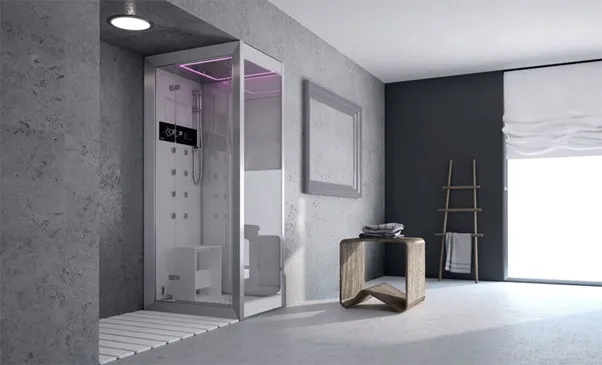
The main types of shower rollers
A standard shower roller wheel consists of a base, fastening, axle, gasket and bearing, but there are several varieties depending on the assembly features and technical parameters. Conventionally, all bearing designs are divided into sliding and rolling devices, therefore reliability is ensured in combination with quality of operation.
For the manufacture of such elements, stainless steel is used, which is characterized by corrosion resistance, safety, reliability and ease of installation. But there are more modern options made of bronze and ceramics.
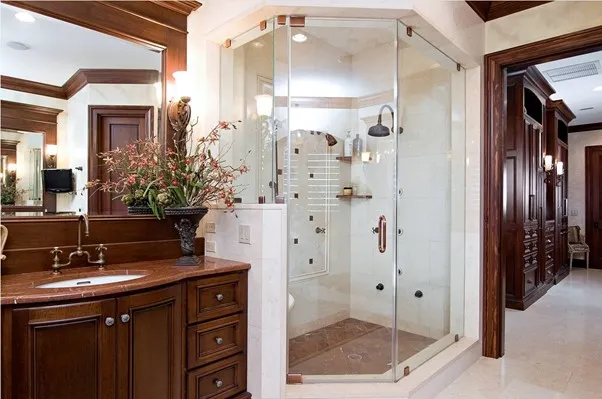
The main types of shower rollers
Depending on the design and technical equipment, rollers are divided into the following types:
- Eccentric. The bearing is mounted on an eccentric with a rotor, so it is possible to provide single and double production. The modern double roller for the shower cabin ensures strong fastening in a special rail, and therefore guarantees complete ease of use.
- Tensioners. Here, the design uses a rolling bearing in combination with additional slides, so you can use one or two wheels for a comprehensive arrangement of the shower stall.
The type of roller system is selected depending on the type of door since this ensures reliability, safety and full functionality under established standards.
Video selection options
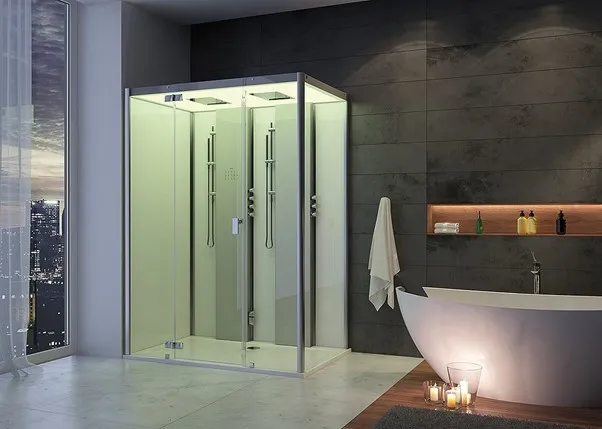
Video selection options
When choosing rollers for a shower stall, you must take into account certain technical parameters, since this is how ease of use and complete safety are ensured. At the moment, different models are provided, so you can count on ease of use by the established parameters:
- Wheel size. Here you need to take into account the factory settings. For example, the smallest wheel sizes are suitable for moving the door leaf under technical standards, but if you choose large wheels instead, the overall rail will wear out due to excessive friction. Therefore, preliminary adjustment of the shower cabin rollers and a study of the manufacturer’s recommendations for proper installation are required.
- Diameter. The diameter of the rollers for the shower stall must be selected depending on the size of the bearing since the full tightness of the contact depends on this. Standard rollers for shower stalls are 23 mm, but other diameters can be used to allow comfortable use per geometric parameters.
- Number of wheels. When choosing, you need to take into account the total quantity, depending on the manufacturer’s instructions, since this is how manoeuvrability, ease of installation and subsequent use of the entire system are ensured. There are single and double rollers available to provide better stability when using toughened glass. In addition, the roller bearing of the shower cabin is designed individually for a specified number of parts.
- Material of manufacture. Metal is considered durable and of high quality, but the wheels themselves can be made of plastic or rubber since everything depends on the load capacity and overall structure. It is worth taking into account the strength indicator to avoid problems with the working plan so that the structure does not deform from the door frame.
- Width. Wheels must be selected depending on the width of the bearing, and the size of the protective coating, to avoid excessive friction or, conversely, the part popping out of the grooves. The standard size is 6 mm.
If the standard for rollers is 23 mm, then small models can also be used if we are talking about using a non-standard design. These can be 20mm or 19mm shower rollers, providing high-quality sliding or rolling, depending on the design.
Main types of faults
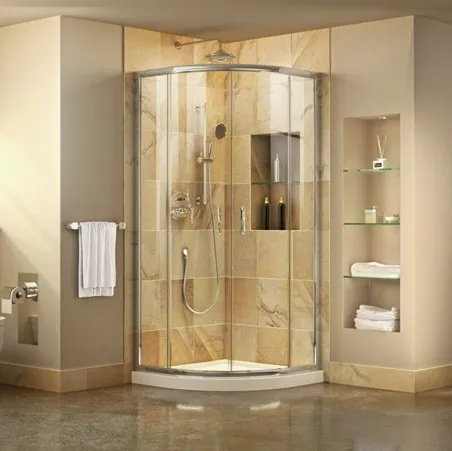
Main types of faults
There are different types of rollers for shower cabins, but all of them, during active use, can wear out and become deformed from the external load, non-compliance with installation rules, and so on, so repairs cannot be avoided. Moreover, the average family of three people opens the shower doors approximately 20 times during the day, so the number of openings per month is about 600, which significantly wears out the system. But do not forget about external load factors that can lead to technical deformations:
- Hard water, is typical for central water supply due to a large number of impurities. All this causes the appearance of lime on the surface of plumbing fixtures, which not only spoils the appearance but also creates technical inconveniences.
- If you use aggressive detergents and cleaners, they can lead to corrosion due to damage to the outer layer, so you cannot do without first studying the basic parameters of working with the selected substances.
- Incorrect or careless use increases the load on the mechanism, so it quickly deforms and loses its qualities.
Correct installation of rollers on shower door systems and subsequent improper maintenance can lead to technical and visual defects.
How to replace rollers correctly
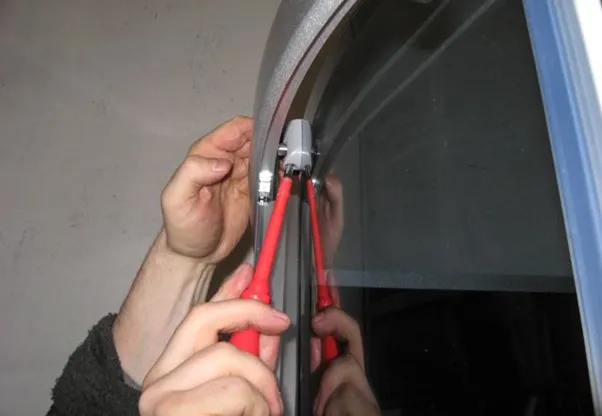
How to replace rollers correctly
Sometimes the design of the shower cabin includes spare parts that can be easily used when such a need arises. For example, replacement rollers for a shower stall can be replaced yourself if you follow the following rules and general recommendations and have the right tools available:
- You need to first prepare a 10-mm wrench or pliers, and a flat-head screwdriver and also cover the floor to avoid small fragments.
- You need to stand inside the cabin and press a special button on the roller or, in the case of an eccentric type design, lower the roller down. However, the door must be carefully held so that it does not fall since the removed fastener can lead to the structure falling out. We also preliminarily study the mounting of rollers in the shower stall.
- When lifting the door, you need to remove it from the guide system and remove the rollers; in this case, you need to carefully place the door in a vertical position, placing soft material under it.
- To unscrew the door leaf, you need to use a screwdriver or a key, depending on the design. In some cases, it may be necessary to use pliers to tear off a part that has become stuck over time.
- Dirt, rust and limescale deposits must be carefully removed to prepare the area for the installation of the new roller.
- All fasteners are detached and new wheels are installed on the door, it is important not to confuse the lower rollers for the shower stall with the upper ones, since they have their parameters.
- After this, you can install the door in its original place, using new mounting screws, tightening them for maximum structural strength. This is the only way to ensure reliable operation and ease of use.
Correct and attentive attitude to installation work prevents damage to the door leaf of the shower cabin and the guide rails for opening and closing the door.
Tips for saving technical parameters
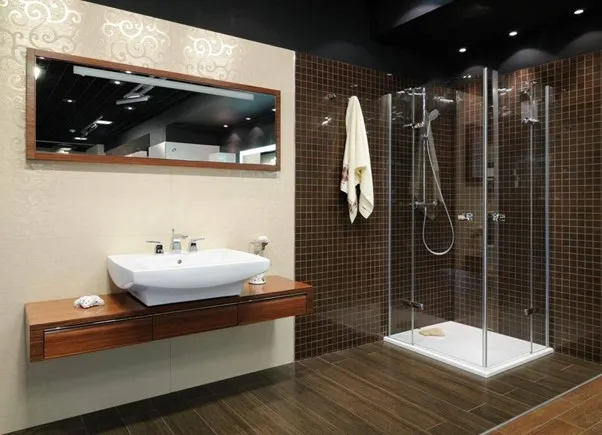
Tips for saving technical parameters
The shower cabin is very popular when decorating a bathroom, but to maintain the functionality of the rollers and all systems for the operation of the valves, you need to follow simple recommendations:
- It is necessary to remove dirt and debris promptly since in large accumulations this can lead to disruption of the entire mechanism.
- Plaque must be removed and rust removed, since such corrosive processes will only worsen in the future.
- It is necessary to regularly lubricate the rollers with silicone-based protective materials since this extends the life of the bearing and guarantees ease of use. Separately, the need to create a protective casing made of plastic for bearings is taken into account, if provided by the manufacturer.
- Additionally, proper ventilation maintenance is taken into account, since the accumulation of condensate leads to the formation of additional plaque and, accordingly, technical problems.
Only timely and proper care ensures a long service life of rollers and bearings, so do not neglect simple rules in this matter. But if there is already a need for repair or replacement, then it is important to comply with technical standards and select the right rollers and additional parts for them, so that regular opening and closing of the sash does not create operational problems.
